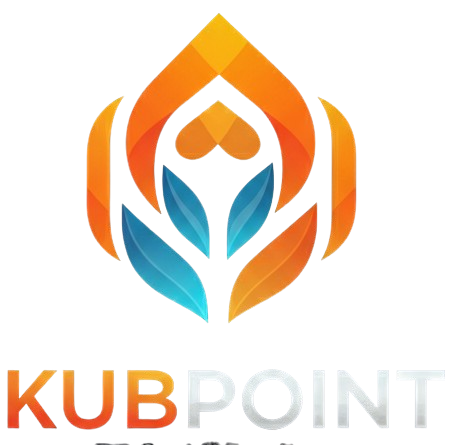Artificial intelligence (AI) is transforming software development into a more efficient and augmented process, prompting developers and their peers to rethink how they produce value. Nearly 100% of the code will likely be supported, generated and/or tested by AI by the end of this year for new code, allowing developers to focus more on design, architecture and problem-solving as they offload routine coding tasks.
Despite growth in implementation, AI-driven software development is not a one-size-fits-all endeavor, and a tiered, robust framework is essential to maximize output while minimizing risk.
This can be done by following a three-tiered framework for AI-driven development, where each facet performs a specific function.
1. Rapid AI-Generated Solutions
The first tier prioritizes speed above all else, with the primary objective of delivering value quickly. AI generates code almost entirely autonomously to rapidly create prototypes, internal tools, or short-term solutions that solve immediate business problems. Quick-generated software is the developers’ playground, underpinned by high experimentation, low friction and an increase in opportunities for “vibe coding” (collaborating with AI agents to develop working applications in hours rather than weeks). Throw-away code becomes common. Long-tail support of application needs has now become a reality. There is less concern for scalability or long-term maintenance, as it can be recreated quickly.
2. Collaborative AI-Human Development
The second layer, focused on collaborative AI-human development, is ideal for larger business-critical software that demands more governance, reliability and collaboration between humans and machines. AI doesn’t fully take over the keyboard; it evolves into a trusted co-pilot that writes test cases, suggests code snippets, writes selected portions, flags vulnerabilities and helps with documentation. Some agentic automation is expected while human-in-the-loop is enforced. But crucially, human developers still drive architectural decisions, co-validate outputs and maintain accountability. Humans are expected to refine their context curation and intent framing skills to enhance alignment between expectations and outcomes. This tier reflects a partnership that blends AI’s speed with human judgment to strike a balance between innovation and risk.
3. High-Reliability, Long-Term Software
The top of the pyramid is reserved for the most strategic, long-lived, mission-critical systems — those underpinning enterprise-wide processes or customer-facing platforms. These solutions must be durable, secure and compliant, often for extended periods due to the sheer size of their codebases, or the human-life impact of their functionality. While AI has a place here, its role is on average more assistive than generative. Agentic ecosystems play a critical role in ensuring higher tiers of quality, security, scalability and maintainability. It might automate ancillary repetitive tasks or surface patterns in telemetry data, but the bulk of development remains human-centric. This software is about resilience and quality, not just results. Eventually, this category will also evolve, but we still have time. A lot more maturing of these new tools is needed.
Operational Shifts to Support AI Integration
Adopting a three-tiered approach is only one piece of the puzzle. Enterprises must also undergo meaningful operational change to scale AI-led development across these layers. Legacy delivery models rooted in static requirements and monolithic releases won’t suffice. Enterprises need to shift toward agile, product-centric agentic structures that emphasize rapid iteration, measurable outcomes and continuous feedback.
Equally important is the modernization of IT infrastructure. Agent-native architectures, modular platforms that can be easily swapped, non-dependency-inducing vendor solution usage and scalable pipelines are essential for supporting the dynamic needs of AI-powered tooling, as is a robust data strategy. AI’s effectiveness hinges on access to clean, contextualized and trustworthy data. This means that enterprises must invest in robust data governance, interoperability standards and mechanisms for real-time data sharing across teams. The more accessible and high-quality the data, the more valuable and accurate the results become. However, as I keep reminding my peers, dependency on high-quality data sets has been dramatically reduced with this new generation of models since the hard work has been encapsulated in prêt-à-porter models.
Lastly, the human element cannot be overlooked. Developers, testers and product teams require new skill sets, including context curation and intent framing, to work effectively in AI-augmented environments. From understanding prompt engineering and model behavior to interpreting AI-generated insights, continuous learning must be embedded in the culture to absorb the compounding effects of technological changes. AI will not necessarily replace developers, but developers who understand AI will outpace those who don’t.
Better, Faster and More Precise
What’s emerging is not a world where AI builds all the software, but one where software gets built faster, better and more precisely. Just as cloud computing redefined IT infrastructure over the past decade, AI is redefining the software lifecycle.
By adopting these AI-led software development strategies, enterprises can optimize today’s processes and future-proof their entire application ecosystem. They should foster a mindset of continuous learning and a lifelong commitment to innovation, a necessity for staying at the cutting edge of technology.

